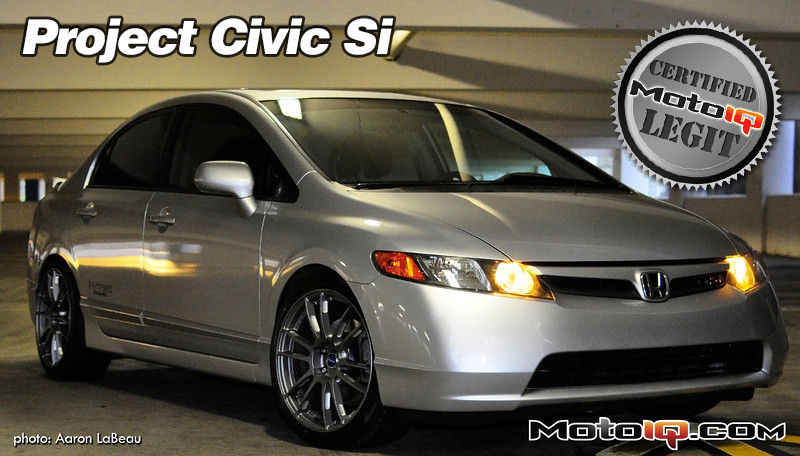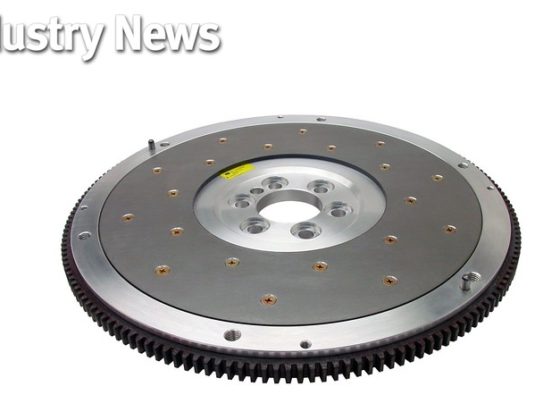
Progress Suspension for the Civic SI
By Aaron Labeau
When searching for a Civic SI suspension we wanted to be sure this was an “upgrade” we could live with every day. Weekend garage queens and purpose built track-cars are fun for the occasional poke, but for daily driven street cars, comfort trumps performance. Any upgrade in performance would therefore have to be a bit of a doppelganger; refined for the commute but hard-edged enough not to roll over in the corners. The Progress Group has put thousands of miles into the development of their 8th Generation Civic suspension and we're about to put its duality to the test.
|
|
|
When asked why The Progress Group uses cold wound steel for their springs owner Jeff Cheechov said it's because of the superior material selection and CNC manufacturing equipment available for these wire sizes. An A401 high tensile chrome silicone material is used. It's then heat treated, shot peened and preset and tested. MotoIQ Certified Legit.
|
In stock form the Civic SI is competent enough to keep up with most performance cars when things get twisty. There's so much mechanical grip available the car just begs to be abused and stuffed into the corners hard. But being a factory suspension they could only make the car so stiff and the tires so sticky. Again we're reminded we didn't get a type-r in the states presumably because we're too fat or old or dumb (perhaps all three) to appreciate it. After all, Honda also wanted to make this car practical enough to serve duties as a family sedan and eco-minded in terms of fuel efficiency; and it's not easy to beat Honda at this game. The SI is a great car to drive at 8/10ths all day long, but when pushed harder the SI is a little lethargic to respond.
|
|
|
What looks like a stainless steel body here isn't. Instead an electrolysis nickel process was used for corrosion resistance. While this did add to the productions costs it will ensure long-term durability and customer satisfaction.
|
 |
|
The rear spring perch pictured here. The clunk, clunk, clunk normally associated with aftermarket suspensions is not present here.
|
Years ago it was totally acceptable to have a suspension with radical 600lb front springs and all the banging and clanging that went along with coil-over suspensions on a street car. Life was simple I only had to satisfy my own demands and any passengers who needed a ride would have to suffer my requirements for a car. Despite the everyone else be damned approach we applied most of the remedies to subdue the harshness, but really there's only so much that can be done to adapt a race suspension for the street. On the other end of the spectrum are lowering springs, cutting and/or heating springs to lower the car which do more for the look rather than any function. With these cheaper street setups the suspension travel is often reduced so much the car rides around on the bump-stops and crashes over large bumps.
|
|
|
Rounding out the rear suspension are the optional SPC rear arms responsible for adjusting the camber between -1.50 and -3 degrees.
|






